Related Research Articles

Oliver H. P. Cowdery was an American religious leader who, with Joseph Smith, was an important participant in the formative period of the Latter Day Saint movement between 1829 and 1836. He was the first baptized Latter Day Saint, one of the Three Witnesses to the Book of Mormon's golden plates, one of the first Latter Day Saint apostles and the Assistant President of the Church.
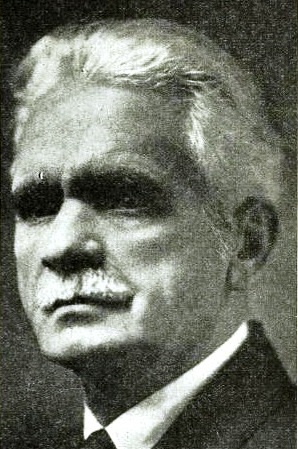
Brigham Henry Roberts was a historian, politician, and leader in the Church of Jesus Christ of Latter-day Saints. He edited the seven-volume History of the Church of Jesus Christ of Latter-day Saints and independently wrote the six-volume Comprehensive History of the Church of Jesus Christ of Latter-day Saints. Roberts also wrote Studies of the Book of Mormon—published posthumously—which discussed the validity of the Book of Mormon as an ancient record. Roberts was denied a seat as a member of United States Congress because of his practice of polygamy.

William Earl McLellin was an early leader in the Latter Day Saint movement. One of the original members of the Quorum of the Twelve Apostles, McLellin later broke with church founder Joseph Smith.

Edward Partridge Sr. was one of the earliest converts to the Latter Day Saint movement and served as the first Bishop of the Church.

The basic beliefs and traditions of the Church of Jesus Christ of Latter-day Saints have a cultural impact that distinguishes church members, practices and activities. The culture is geographically concentrated in the Mormon Corridor in the United States, and is present to a lesser extent in many places of the world where Latter-day Saints live.

James Louis Barker was an American historian and a missionary for the Church of Jesus Christ of Latter-day Saints.
Fred Emmett Woods IV is a Brigham Young University professor of Latter-day Saint Church History and Mormon Doctrine, an author specializing in Mormon migration and the Globalization of Mormonism.
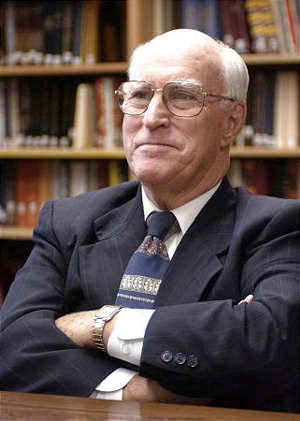
Robert James Matthews was a Latter-day Saint religious educator and scholar, teaching in the departments of Ancient Scripture and Religious Education at Brigham Young University (BYU) in Provo, Utah.
Brigham Young University Press was the university press of Brigham Young University (BYU).
Arnold Kent Garr was the chair of the department of Church History and Doctrine at Brigham Young University (BYU) from 2006 to 2009. He was also the lead editor of the Encyclopedia of Latter-day Saint History.
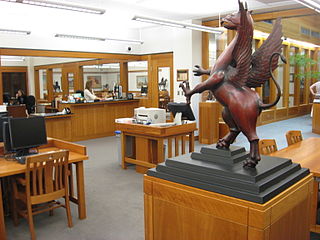
The L. Tom Perry Special Collections is the special collections department of Brigham Young University (BYU)'s Harold B. Lee Library in Provo, Utah. Founded in 1957 with 1,000 books and 50 manuscript collections, as of 2016 the Library's special collections contained over 300,000 books, 11,000 manuscript collections, and over 2.5 million photographs, among many other rare and unique research materials. Since its inception, the special collections have been housed in numerous places including the crawl space of a university building and a wholesale grocery warehouse. Since 2016, the special collections have been located on the first floor of the Harold B. Lee Library and is considered to hold "the finest collection of rare books in the Intermountain West and the second finest Mormon collection in existence".
Richard Eyring "Rick" Turley Jr. is an American historian and genealogist. He previously served as both an Assistant Church Historian of the Church of Jesus Christ of Latter-day Saints and as managing director of the church's public affairs department.
Grant Revon Underwood is a historian of the Church of Jesus Christ of Latter-day Saints and a professor at Brigham Young University (BYU). He is also the author of The Millennial World of Early Mormonism and the editor of Voyages of Faith: Explorations in Mormon Pacific History.
The Religious Studies Center (RSC) at Brigham Young University (BYU) sponsors and publishes scholarship on the culture, history, scripture, and doctrine of the Church of Jesus Christ of Latter-day Saints.
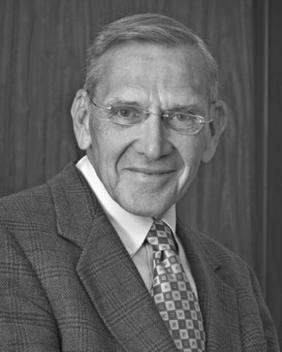
Ronald Warren Walker was an American historian of the Latter Day Saint movement and a professor at Brigham Young University (BYU) and president of the Mormon History Association. His work, acclaimed by the Mormon History Association, dealt with the Godbeites, the Utah War, and the Mountain Meadows Massacre, among other topics.

The Church of Jesus Christ of Latter-day Saints in Germany refers to the Church of Jesus Christ of Latter-day Saints and its members in Germany.
Reid Larkin Neilson is the assistant academic vice president (AAVP) for religious scholarly publications at Brigham Young University (BYU). He was the Assistant Church Historian and Recorder for the Church of Jesus Christ of Latter-day Saints from 2015 to 2019, and the managing director of the church's history department from 2010 to 2019.
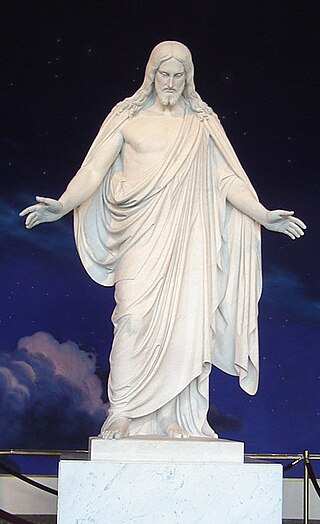
The following outline is provided as an overview of and a topical guide to the Church of Jesus Christ of Latter-day Saints.
John Lyman Smith was an American politician and Mormon missionary. He served as a member of the House of Representatives for Iron County, Utah, in the Utah territorial legislature from 1852 to 1853, and for Great Salt Lake County, Utah, from 1853 to 1855. Cousin of the founder of the Latter Day Saint Movement, Joseph Smith, Smith was a member of the Church of Jesus Christ of Latter-day Saints, who traveled to the Salt Lake Valley with his family and other Mormon pioneers in 1846. His father, John Smith, served as the fourth Presiding Patriarch for the LDS Church from 1847 to 1854. Additionally, he served two missions as the mission president for the LDS Church in Switzerland and Italy from May 1855 to June 1858 and September 1860 to December 1863, respectively. After his missions, he served in various civic and ecclesiastical positions in Utah.
References
- 1 2 3 4 5 Minert, Roger P. (1991). The influence of student-identified factors on enrollment in foreign language courses in public high schools in the united states (PhD). Ohio State University. OCLC 25172281. ProQuest 303943067.
- 1 2 "Religious Education". religion.byu.edu. Retrieved 6 February 2017.
- 1 2 "2017 International German Genealogy Conference" (PDF). International German Genealogy Partnership. 2017. Retrieved 7 February 2017.
- ↑ "Program Director". German Immigrants in American Church Records. Archived from the original on 5 November 2013.
- ↑ "Program Design". German Immigrants in American Church Records. Archived from the original on 5 November 2013. Retrieved 7 February 2017.
- ↑ Murphy, Nathan (9 May 2013). "Tracing German American Immigrants". FamilySearch Blog. Retrieved 7 February 2017.
- ↑ "German Script Tutorials – Old Documents". script.byu.edu. Center for Family History and Genealogy. Retrieved 7 February 2017.
- ↑ "Genealogy Resources—Handwriting and Script". www.genealoger.com. Genealoger. Retrieved 7 February 2017.
- ↑ Roger P. Minert (2008). Status in German society 1500–1800: where did your ancestors fit in (CD). Kansas City, Missouri: National Genealogical Society. OCLC 795132658.
- ↑ "Sacramento German Genealogy Society – Complete History". sggs.us. Retrieved 9 February 2017.
- ↑ "German Census Records: A New Genealogical Source". RootsTech 2016. Retrieved 7 February 2017.
- ↑ Lloyd, R. Scott (31 May 2010). "Former Missouri governor honored for rescinding Mormon 'extermination order'". DeseretNews.com. Archived from the original on June 3, 2010. Retrieved 7 February 2017.
- ↑ "Minert, Roger P." rsc.byu.edu. Religious Studies Center. Retrieved 7 February 2017.
- ↑ Minert, Roger P. "In Harm's Way: East German Latter-day Saints in World War II". rsc.byu.edu. Religious Studies Center. Retrieved 7 February 2017.
- ↑ Conway, Jon S. (December 2011). "Review of Roger P. Minert, In Harm's Way. East German Latter-day Saints in World War II – Contemporary Church History Quarterly". Contemporarychurchhistory.org. 17 (4). Retrieved 7 February 2017.